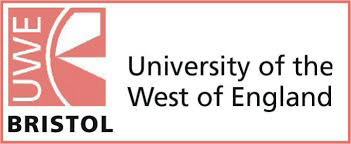





Research within the framework of the Project
As part of the study-research, the following article was published:
Mitryasova, O., Mats, A., Chvyr, V., & Smirnov, V. (2025). Comparative analysis of air quality standards and surface water in Ukraine and the EU. Environmental Safety and Environmental Management, 52(4), 28–44. https://doi.org/10.32347/2411-4049.2024.4.28-44
The comparative analysis of environmental quality standards covers assessing and comparing standards and requirements established for environmental protection in Ukraine and EU countries. It covers various environmental objects such as air and water. The study aimed to determine the key indicators of environmental quality and compare the standards of atmospheric air and water quality that operate in the EU countries and Ukraine. Research materials and methods. Atmospheric air and water quality standards,
which are in force in the EU countries and Ukraine, were chosen as the subject of the study. The research materials are normative legal documents of Ukraine and the
EU. The research methods were comparative analysis of maximum permissible concentrations of chemical substances, system analysis, and the method of analogies.
Research results. It was determined that for determining the quality of atmospheric air, the indicators of maximum permissible concentrations of pollutants are, in most
cases, stricter, however, for example, for ozone, the quality standard in the EU is stricter for EU countries. At the same time, the main air quality index in EU countries is an integrated indicator - the air quality index. For aquatic ecosystems, a comparative analysis of surface water quality standards introduced in Ukraine, EU countries, and the USA (using the example of the state of Ohio) for many quality components, the EU and USA standards are stricter, especially for indicators such as BOD, COD, chlorides, sulfates, phosphates, nitrates, nitrites, ammonium, chromium, mercury, petroleum products. However, according to indicators such as mineralization and copper, quality standards in
Ukraine is stricter. There are almost identical requirements for such integrated quality indicators as pH and hardness.